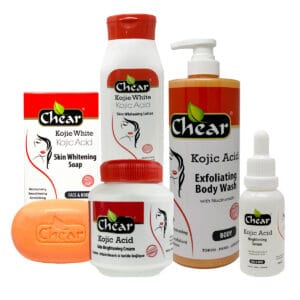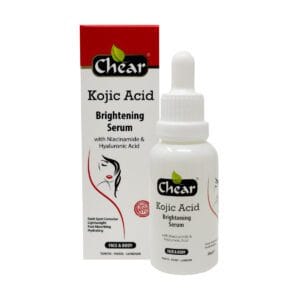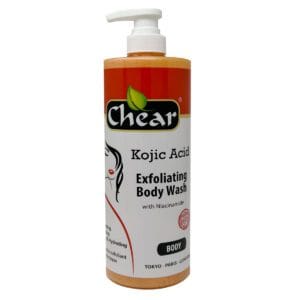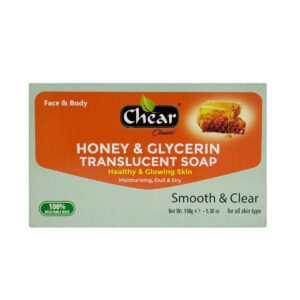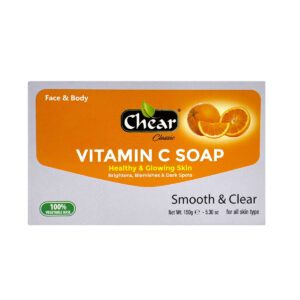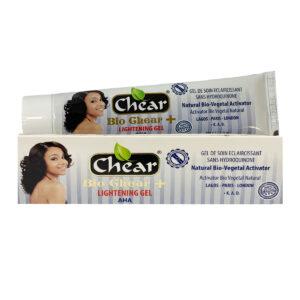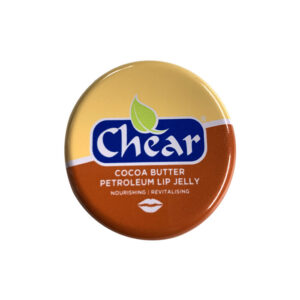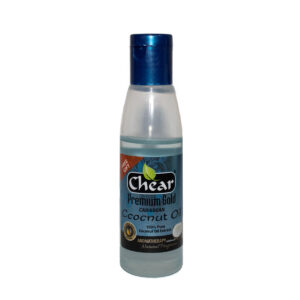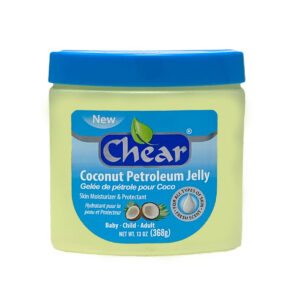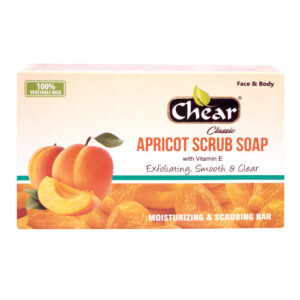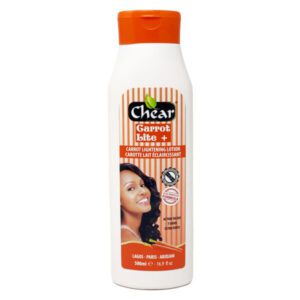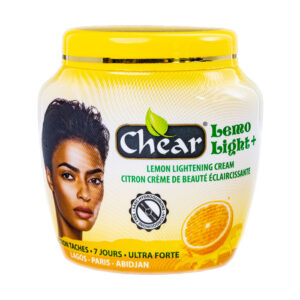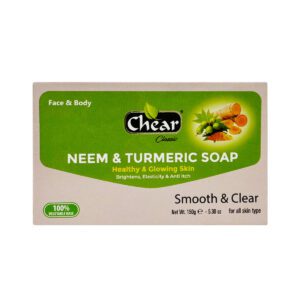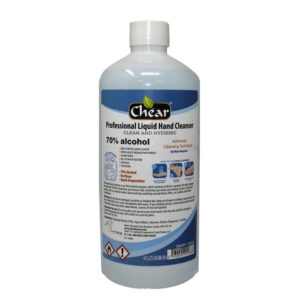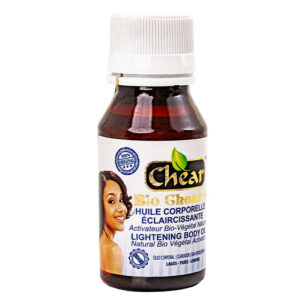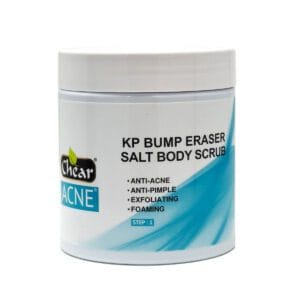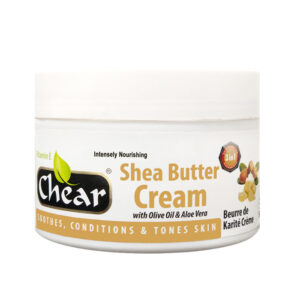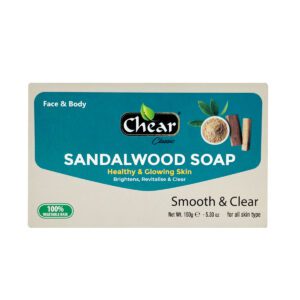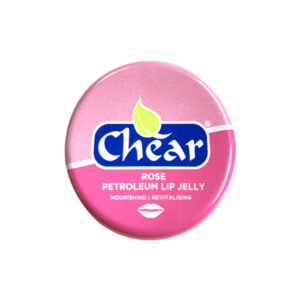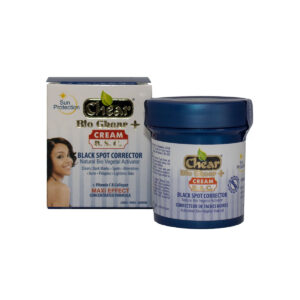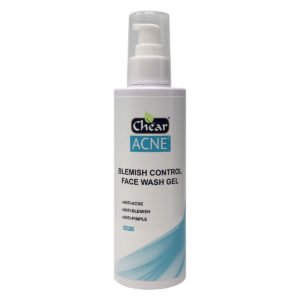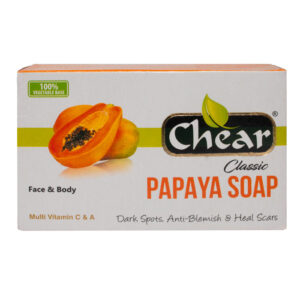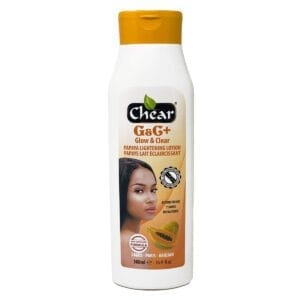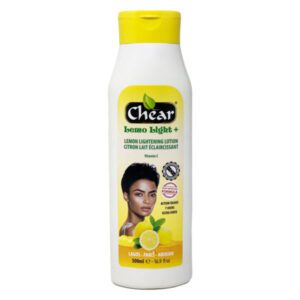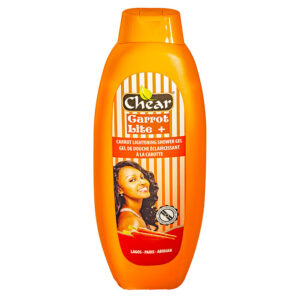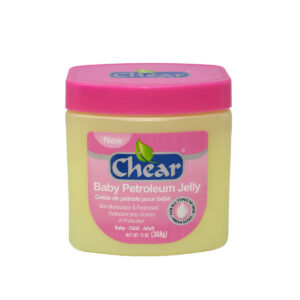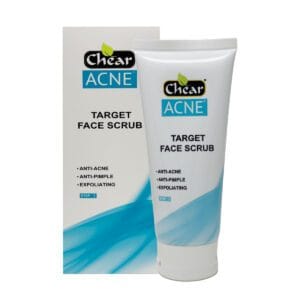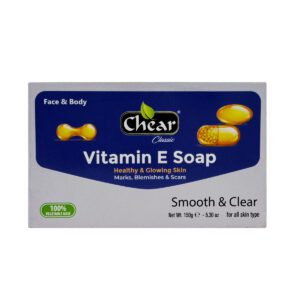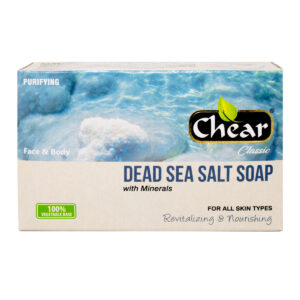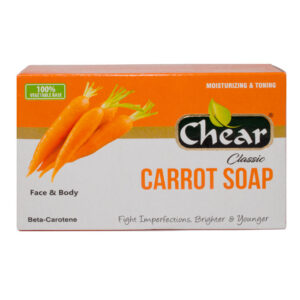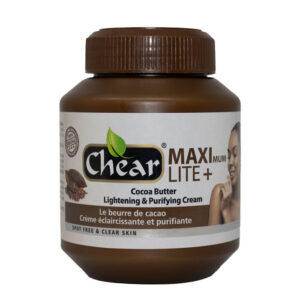- Home
- Kojic Acid: What is Kojic Acid?
Kojic Acid: What is Kojic Acid?
Discover what kojic acid is, how it works for skin lightening, and its benefits for hyperpigmentation. Learn about safe use, research-backed insights, and top kojic acid products from Chear Beauty.
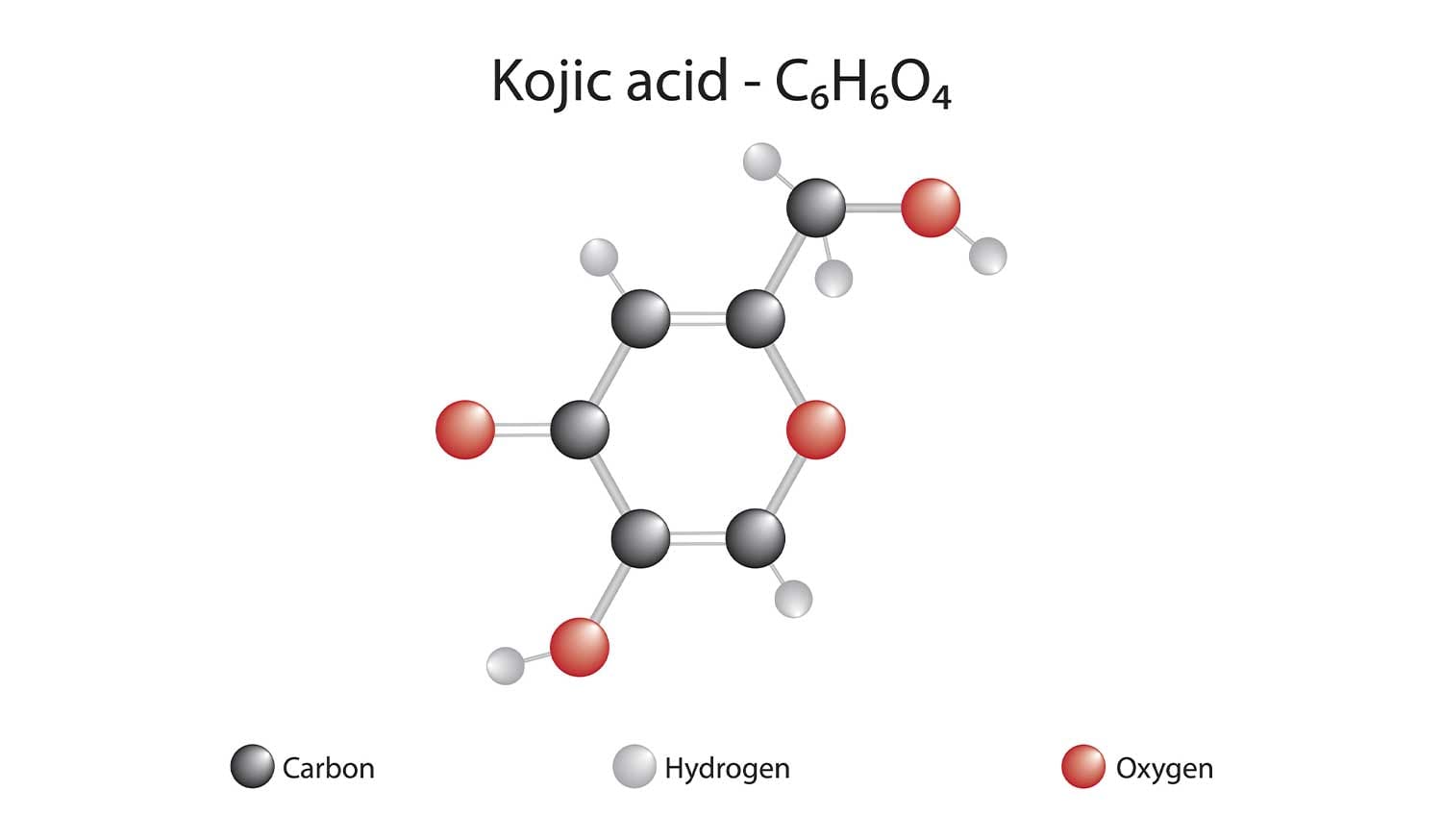
Unveiling the Power of Kojic Acid in Skincare. In the ever-evolving world of skincare, few ingredients have garnered as much attention for their brightening prowess as Kojic Acid. If you’ve ever wondered, “What is Kojic Acid?” you’re not alone. This natural compound has become a staple in many routines aimed at achieving an even, radiant complexion. Derived from fungi, Kojic Acid is celebrated for its ability to fade dark spots, reduce hyperpigmentation, and promote a luminous glow. Moreover, it’s often positioned as a gentler alternative to harsher skin lighteners, making it appealing for those seeking effective yet milder options. As we delve deeper into this blog, we’ll explore the science behind Kojic Acid, its myriad benefits, potential drawbacks, and how it stacks up against other ingredients.
Additionally, we’ll spotlight products from Chear Beauty’s Kojic Acid Skincare Lightening category, which harness this ingredient to deliver targeted results. Whether you’re dealing with sun damage, acne scars, or uneven skin tone, understanding Kojic Acid could be the key to unlocking your best skin yet. Let’s start by tracing its origins.
The History and Discovery of Kojic Acid:
From Ancient Fermentation to Modern Skincare. Kojic Acid’s story begins in Japan over a century ago, rooted in traditional food production processes. It was first discovered in 1907 by Japanese scientist Saito during research on Aspergillus oryzae, a fungus used in fermenting rice for sake and soy sauce.
This fungus, known as “koji” in Japanese, produces Kojic Acid as a by-product during fermentation, which explains its name. Interestingly, early observations noted that workers handling koji often had unusually fair hands, hinting at the compound’s skin-lightening properties long before it was isolated. By the 1980s, Kojic Acid gained traction in the cosmetics industry, particularly in Japan, where it was incorporated into skincare products for its depigmenting effects.
Its journey from a fungal metabolite to a global skincare hero underscores the blend of traditional wisdom and scientific innovation. Today, it’s extracted from various fungi and fermented foods, ensuring a natural origin that appeals to eco-conscious consumers.
Transitioning from history to science, let’s examine how this age-old discovery works on a molecular level to transform your skin.
How Kojic Acid Works Scientifically:
Inhibiting Melanin for Brighter Skin. At its core, Kojic Acid functions as a tyrosinase inhibitor, a key enzyme in melanin production, the pigment responsible for skin colour and dark spots.
Melanin is produced by melanocytes in response to UV exposure, inflammation, or hormonal changes, leading to hyperpigmentation issues like age spots or melasma. By binding to tyrosinase, Kojic Acid prevents the conversion of tyrosine (an amino acid) into melanin, effectively slowing down pigment formation.
Furthermore, Kojic Acid acts as an antioxidant, neutralising free radicals that can exacerbate skin damage and ageing.
It also possesses metal-chelating properties, binding to copper ions needed for tyrosinase activity, adding another layer to its depigmenting mechanism.
Scientifically, this makes it a multifaceted ingredient, not just for lightning but for overall skin health. In practical terms, when applied topically, Kojic Acid penetrates the skin’s upper layers, where it disrupts melanin synthesis over time. Studies show it can reduce melanin content by up to 50% in controlled applications, though results vary based on concentration and formulation.
However, its instability in light and air means products often combine it with stabilisers like niacinamide for enhanced efficacy, a common practice in brands like Chear Beauty. With this scientific foundation in mind, it’s clear why Kojic Acid is so effective. Next, we’ll explore its specific benefits for your skin.
Kojic Acid Face & Body Skin lightening kit (5 Items)
Kojic Acid Exfoliating Cleansing Body Wash For Brightening Skin 1000ml
Benefits of Kojic Acid for Skin:
From Hyperpigmentation to Anti-Ageing. One of the primary benefits of Kojic Acid is its prowess in treating hyperpigmentation. Whether caused by sun exposure, acne scars, or post-inflammatory marks, it helps fade these discolourations for a more uniform tone.
For instance, it’s particularly effective against melasma, a condition often triggered by hormones or pregnancy, where it inhibits excess melanin without the harshness of some alternatives.
Additionally, Kojic Acid brightens the overall complexion, giving skin a radiant, youthful appearance. It works synergistically with other ingredients to enhance glow, making it ideal for dull or tired-looking skin.
Its anti-ageing properties stem from antioxidant effects, which combat free radicals responsible for fine lines and wrinkles.
Research from UK sources highlights its role in reducing acne scars and sun damage, promoting a smoother texture over time.
Beyond lightening, Kojic Acid offers antibacterial and antifungal benefits, making it suitable for acne-prone skin by unclogging pores and preventing breakouts.
It’s also versatile, working on all skin types when used correctly, though those with darker tones may see gradual, natural results without over-lightening.
In essence, incorporating Kojic Acid can lead to not just brighter but healthier skin overall. However, like any active ingredient, it’s not without potential downsides. Let’s discuss those to ensure safe usage.
Potential Side Effects and Precautions:
Navigating Kojic Acid Safely. While Kojic Acid is generally well-tolerated, some users may experience side effects, particularly if they have sensitive skin. Common issues include redness, irritation, or contact dermatitis, which can manifest as rashes or itching.
These are often mild and subside with reduced usage, but patch testing is crucial before complete application.
Furthermore, prolonged exposure without sun protection can increase photosensitivity, heightening the risk of sunburn or further pigmentation. Always pair Kojic Acid with a broad-spectrum SPF of at least 30. In rare cases, overuse might lead to dryness or inflammation, so starting with lower concentrations is advisable.
Pregnant or breastfeeding individuals should consult a dermatologist, as while it’s natural, safety data is limited. Overall, when used as directed, side effects are minimal, but listening to your skin is key. To put Kojic Acid in perspective, let’s compare it to a popular counterpart: hydroquinone.
Kojic Acid vs. Hydroquinone:
Which Skin Lightener Wins? Hydroquinone has long been the gold standard for hyperpigmentation, but concerns over side effects like ochronosis (skin darkening) and irritation have led many to seek alternatives. Kojic Acid emerges as a natural, gentler option, often more effective without long-term complications. Unlike hydroquinone, which can cause photosensitivity and is prescription-only in the UK, Kojic Acid is over-the-counter and hydroquinone-free, reducing risks.
Studies indicate Kojic Acid may outperform hydroquinone in fading spots, especially when combined with other actives. However, hydroquinone works faster, so Kojic Acid suits those preferring gradual, sustainable results. For many, the choice boils down to skin type and tolerance, Kojic Acid’s natural profile often tips the scale. Now, with comparisons out of the way, let’s talk application.
How to Use Kojic Acid Products:
Tips for Optimal Results. Incorporating Kojic Acid into your routine is straightforward, but consistency is vital. Start by cleansing your skin with Kojic Acid soap or body wash, then apply a Kojic Acid serum and hydrate with Kojic Acid lotion or cream daily.
Spotlight on Chear Beauty’s Kojic Acid Products:
Your Path to Radiant Skin. Chear Beauty’s Kojic Acid Skincare Lightening line stands out for its high-grade, natural formulations that blend Kojic Acid with niacinamide for amplified benefits.
- For full-body care, the Kojic Acid Exfoliating Cleansing Body Wash (1000ml, £7.49) cleanses while brightening, ideal for daily use.
- The Kojic Acid Skin Whitening Face & Body Washing Soap Bar (£4.99) for pore-unclogging refreshment.
- Kojic Acid Brightening Serum for Face & Body (30ml, £7.49) is perfect for spot treatment, fading hyperpigmentation on face and body areas.
- Other standouts include the Kojic Acid Skin Brightening Cream (£7.49) for targeted fading, and Kojic Acid Skin Whitening Body Lotion (£7.49) for non-greasy moisturising and lightening.
- The comprehensive Kojic Acid Face & Body Skin Lightening Kit (£32.99) includes five items for a complete regimen, unlocking radiant skin as per the brand’s claims.
These products emphasise natural ingredients, making them accessible and practical for various skin concerns.
Research and Studies:
Backing Up the Claims. Numerous UK-based sources and global studies affirm Kojic Acid’s efficacy. The UK’s Scientific Advisory Group on Chemical Safety notes its safe use as a depigmenting agent at low concentrations. Clinical trials show it reduces hyperpigmentation by inhibiting tyrosinase, with minimal adverse effects. Additionally, research from dermatological journals highlights its superiority in treating melasma compared to some synthetics. User studies report improved skin tone and reduced scars after consistent use.
Embrace Kojic Acid for Timeless, Bright Skin., Kojic Acid is a versatile, natural powerhouse for skin lightening and brightening. From its Japanese origins to modern applications, it offers science-backed benefits with fewer risks than alternatives. By incorporating products like those from Chear Beauty, you can achieve a more even, glowing complexion safely. Remember, patience and protection are essential consult a professional if needed. Ready to try? Head to Chear Beauty’s site and start your journey to radiant skin today.
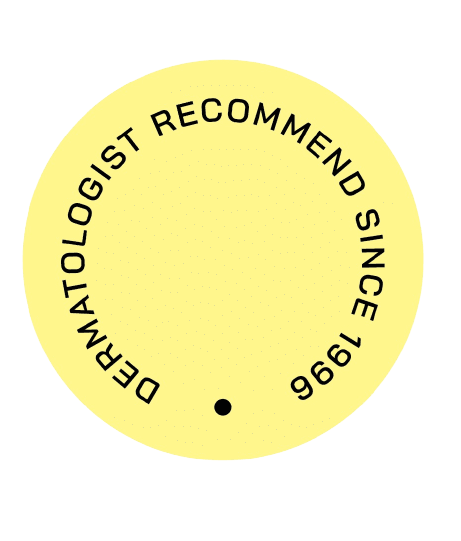
Chear Beauty @ Sonik Products Ltd | Company No: 3184821
Chear Beauty @ Sonik Products Ltd, Block C, Woodside End, Wembley Alperton, Middlesex HA0 1UR
